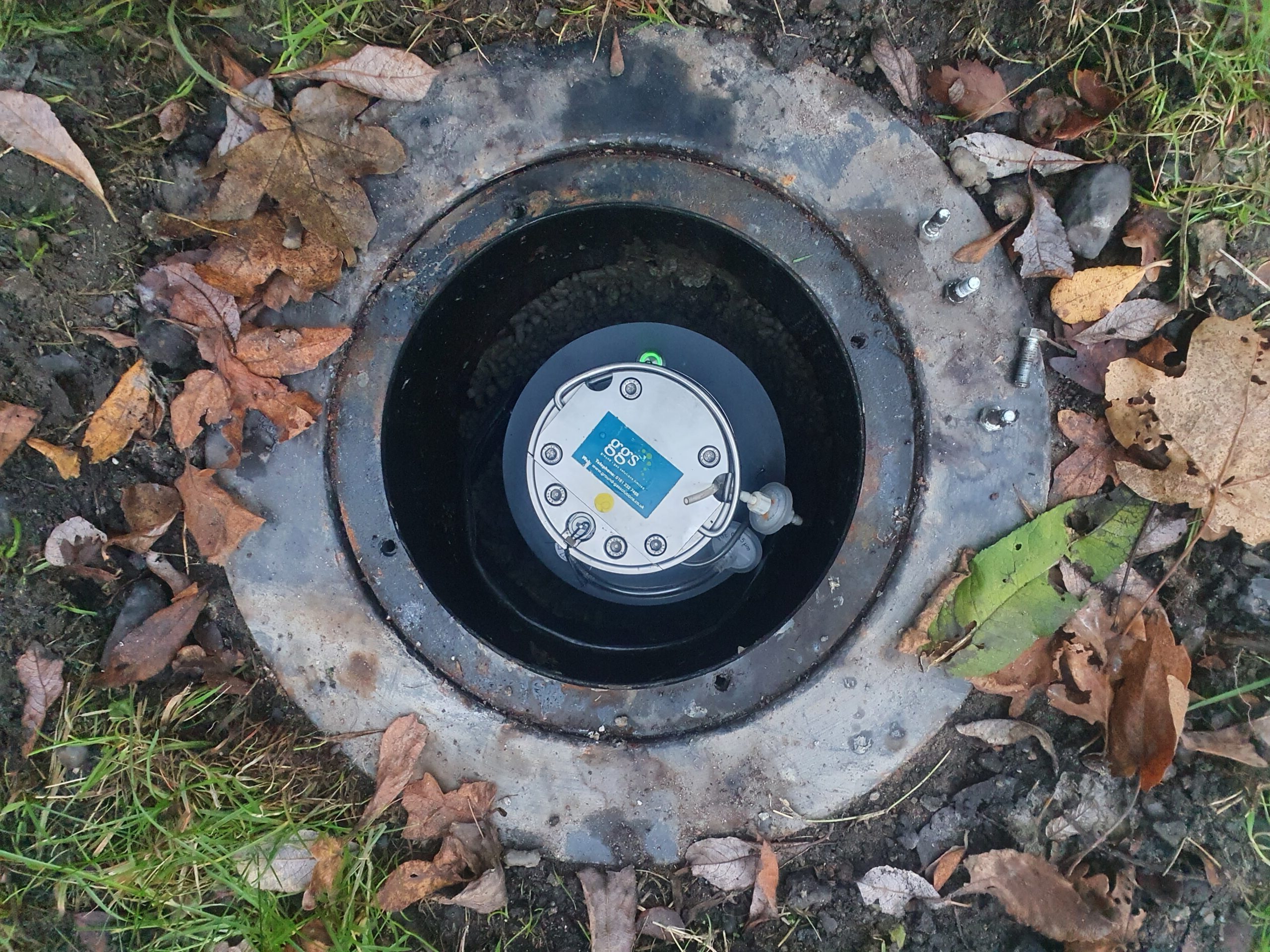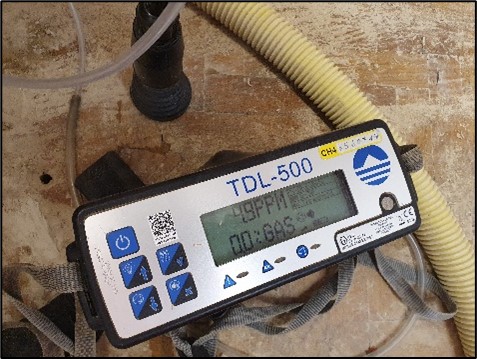- Continuous ground gas monitoring
- Groundwater monitoring
- GGS DataPack Plus Report
This closed landfill site required a continuous monitoring programme to provide a detailed and robust assessment of the gas regime and potential offsite lateral migration.
The site comprised a relatively recently closed landfill site with gas management infrastructure. As part of the management protocols of the facility, there was a requirement to update the conceptual site model (CSM) and risk assessment with respect to ground gases.
One key aspect of the assessment was to manage ongoing liabilities potentially associated with offsite gas migration, with sensitive receptors located nearby. Therefore, a programme of continuous ground gas monitoring at the boundary was proposed to provide a robust dataset, which would facilitate assessment under ‘worst case’ conditions.
GGS gas specialists mobilised to site to deploy continuous ground gas monitoring instruments within selected locations. Instruments were configured to record standard ground gases (methane, carbon dioxide, oxygen, carbon monoxide and hydrogen sulphide) at hourly intervals, for an extended monitoring period. GGS also co-deployed groundwater level data loggers to provide evidence to potential additional driving mechanisms.
Monitoring was undertaken during two phases, with a number of monitoring locations selected during each phase. Monitoring locations were strategic and targeted considering previous monitoring data and key project objectives. Within each phase, monitoring transects were formed from the main waste mass and gas source, through the out of waste potential migratory pathway towards nearby receptors, which included boundary locations of interest.
A phased monitoring approach was taken to facilitate a degree of flexibility in the monitoring programme. Following each interim data update for example, the monitoring locations could be adjusted to satisfy objectives. Furthermore, a phased approach allowed GGS to attend site quickly, supporting the client’s project timescales and objectives.
GGS provided interim data to the client at each monitoring stage to allow for prompt data appraisal and establish any required interventions at an early stage. Following completion of the site work, GGS provided the client with a GGS DataPack Plus Report. The succinct report included the validated time series data, deployment details, methodologies, atmospheric pressure analysis and a technical commentary and interpretation of the time series data.




